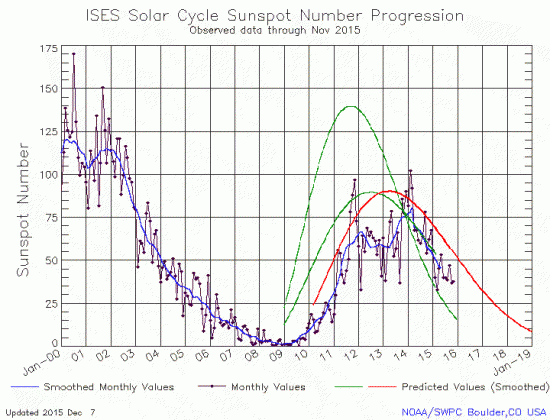Hype in science papers on the increase
In the past forty years the use by scientists of descriptive words to positively hype their results in their papers has increased steadily.
Researchers at the University Medical Center Utrecht in the Netherlands say that the frequency of positive-sounding words such as ‘novel’, ‘amazing’, ‘innovative’ and ‘unprecedented’ has increased almost nine-fold in the titles and abstracts of papers published between 1974 and 2014. There has also been a smaller — yet still statistically significant — rise in the frequency of negative words, such as ‘disappointing’ and ‘pessimistic’.
…The most obvious interpretation of the results is that they reflect an increase in hype and exaggeration, rather than a real improvement in the incidence or quality of discoveries, says Vinkers. The findings “fit our own observations that in order to get published, you need to emphasize what is special and unique about your study,” he says. Researchers may be tempted to make their findings stand out from thousands of others — a tendency that might also explain the more modest rise in usage of negative words.
The word ‘novel’ now appears in more than 7% of PubMed paper titles and abstracts, and the researchers jokingly extrapolate that, on the basis of its past rise, it is set to appear in every paper by the year 2123.
This study was focused on the medical field, so it is unclear if its results could be extrapolated to other science fields. I suspect it can.
In the past forty years the use by scientists of descriptive words to positively hype their results in their papers has increased steadily.
Researchers at the University Medical Center Utrecht in the Netherlands say that the frequency of positive-sounding words such as ‘novel’, ‘amazing’, ‘innovative’ and ‘unprecedented’ has increased almost nine-fold in the titles and abstracts of papers published between 1974 and 2014. There has also been a smaller — yet still statistically significant — rise in the frequency of negative words, such as ‘disappointing’ and ‘pessimistic’.
…The most obvious interpretation of the results is that they reflect an increase in hype and exaggeration, rather than a real improvement in the incidence or quality of discoveries, says Vinkers. The findings “fit our own observations that in order to get published, you need to emphasize what is special and unique about your study,” he says. Researchers may be tempted to make their findings stand out from thousands of others — a tendency that might also explain the more modest rise in usage of negative words.
The word ‘novel’ now appears in more than 7% of PubMed paper titles and abstracts, and the researchers jokingly extrapolate that, on the basis of its past rise, it is set to appear in every paper by the year 2123.
This study was focused on the medical field, so it is unclear if its results could be extrapolated to other science fields. I suspect it can.






